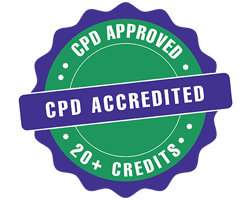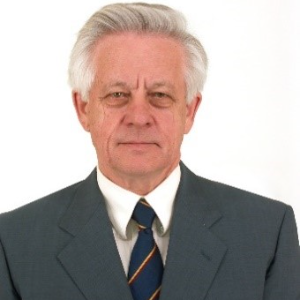Title : Surgical polytrauma – Modern limb lengthening technology
Abstract:
The technology of limb lengthening has undergone a century-long evolution. But before G.A. Ilizarov, no significant progress had been achieved in its development. Under his leadership and personal participation, a modern technology was developed not only for lengthening a shortened segment of a limb, but also to reduce the trauma of the intervention, a corticotomy was developed, in which only the cortical plate was dissected. In this case, the dissection of soft tissues was minimal, no more than 1 cm, and the surgical blood loss did not exceed 10-15 ml regulating growth.
Taking into account the natural growth of bones due to two growth plates, a technology for lengthening a limb segment with the production of corticotomies at two levels was developed. The technology is now known as polylocal polysegmental distraction (PPD) osteosynthesis. It includes the following options:
a) unilateral polylocal polysegmental osteosynthesis (PPO) - with unilateral shortening of both segments:
b) parallel PPO - with simultaneous lengthening of two humeral segments or two shins;
c) crossed PPO - on one limb the femur is lengthened, on the other - the shin - with an increase in height in patients with achondroplasia.
In traumatology, there is a well-established opinion that damage to two or more segments should be considered polytrauma. When a patient with polytrauma is admitted, he is given intensive medical care, including fixation of the damaged segment, anti-shock therapy, pain relief, and restoration of hemodynamic disorders. Limb lengthening is not a simple procedure. The main complaint of the patient after the operation is aching, "pulling" pain, "accumulating" and intensifying at night. As our studies show, the rate of change in the physical dimensions of a limb segment during lengthening at one level increases by 24 times compared to natural growth. During distraction at two levels, the severity of "distraction" pain increases.
When lengthening, a kind of pain flow occurs: bone pain subsides, while soft tissue pain develops. When performing surgery on several segments at the same time, patients experience the severity of their condition not on the operating table, but after the operation - when they are immobilized, when every touch to the patient causes sharp pain. Unfortunately, many authors do not pay attention to the well-being of patients after surgery. This violates the recommendations of the WHO (2009), presented in the form of the "Checklist of measures to ensure surgical safety". The list provides for monitoring the condition of patients not only in the operating room, but also in the postoperative period, since the majority of complications develop precisely during this period.
Considering the volume of surgical interventions and the severity of pain, since 2000, the Kurgan Center has been performing polytrauma surgery in stages. When a patient is admitted, the first stage is a double corticotomy of the tibia and osteotomy of the fibula of one leg. After achieving the planned lengthening (after 60-80 days), the patient is admitted to the operating room, and a similar surgical intervention is performed on the second leg. The device on the previously operated segment is switched to the fixation mode. After the planned lengthening of the second leg, a full regenerate is formed on the previously operated segment, the device is removed and in two to three weeks the patient is discharged for outpatient treatment at the place of residence. The second and third stages for increasing height in the same order are cross-lengthening of one thigh and the opposite leg. The fourth stage is simultaneous lengthening at two levels of the shoulder segments.



